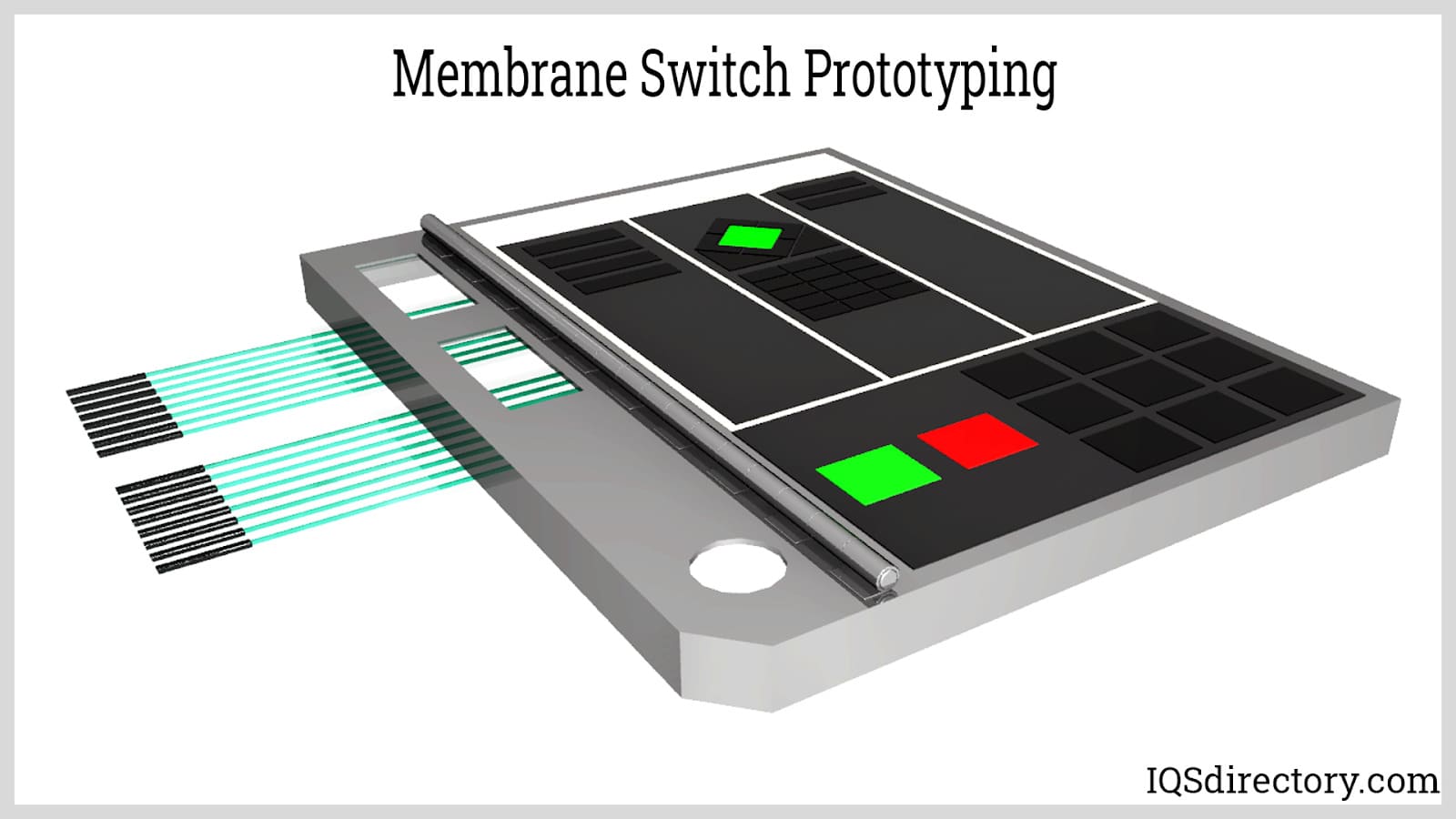Comprehending the Performance of Membrane Switches Over for User Interface Devices
The performance of membrane layer switches over stands for a considerable advancement in interface layout, combining effectiveness with visual versatility. These switches operate via a multi-layered framework that translates customer communications right into electrical signals, enabling both compact layouts and durability versus environmental elements. As industries progressively focus on customer experience, recognizing the nuances of membrane button modern technology comes to be important. What implications do these developments hold for future applications, and exactly how might they redefine customer interactions throughout numerous gadgets?
What Are Membrane Layer Switches?
Membrane layer buttons are innovative user interface gadgets that facilitate user interaction with electronic tools. These flexible elements contain several layers, including a visuals overlay, spacer, and a published circuit layer. The layout permits a seamless combination into different electronic devices, boosting both the aesthetic and practical elements of user interfaces.
Membrane layer switches are typically employed in a large range of applications, from home appliances to industrial equipment and clinical gadgets. Their building and construction usually features a slim account, making them an optimal option for small designs. The tactile responses supplied by these switches can be crafted to meet particular customer preferences, making sure reliable communication in between the user and the tool.
Durability is another substantial advantage of membrane layer switches, as they are resistant to dust, dampness, and chemicals, which enhances their life-span popular atmospheres. Furthermore, these buttons can be customized in terms of shape, dimension, and visuals style, permitting branding and user-specific functions. In general, membrane layer switches over stand for a functional solution for improving user experience in electronic tools, integrating capability with aesthetic appeal in an efficient manner.
How Membrane Layer Switches Over Job
Operating on an uncomplicated principle, membrane layer changes make use of a split building and construction to register individual input properly. Each switch contains multiple layers, including a published circuit layer, a spacer layer, and a leading visuals layer, which are made to work together perfectly. When a customer presses the leading layer, it presses the spacer layer, bringing the conductive aspects of the circuit layer right into call with each other.
This contact creates a shut circuit, indicating the tool to execute a certain feature. The style enables various configurations, consisting of responsive comments, which can improve the user experience by offering a physical feeling upon activation. The materials used in membrane switches often consist of versatile substratums, such as polyester or polycarbonate, which make certain resilience and strength against wear and tear.

Key Advantages of Membrane Buttons

One more substantial advantage is their density. Membrane switches are slim and light-weight, which enables producers to save area in their tools without compromising functionality. This attribute is particularly advantageous in applications where weight and quantity are crucial considerations.
Furthermore, membrane switches are resistant to dirt, moisture, and chemicals, boosting their longevity. This resilience prolongs their life-span and reduces the need for regular replacements, leading to expense savings gradually.
In addition, the tactile feedback given by membrane layer switches can be optimized to boost user interaction. They can consist of functions such as increased buttons or audible clicks, boosting functionality and individual experience.
Applications Throughout Industries
Interface gadgets making use of membrane layer buttons are prevalent in a vast selection of markets, showcasing their flexibility and capability. Membrane Switch. In the medical field, membrane switches are integral to gadgets such as analysis equipment and person surveillance systems, where their toughness and ease of cleaning are important for maintaining hygiene requirements. In the auto industry, these switches are utilized in dashboard controls and infotainment systems, providing a smooth and modern-day interface for individuals.
In addition, the customer electronics field benefits from membrane switches in appliances and portable gadgets, where small style and easy to use interfaces enhance user experience. Industrial applications also leverage membrane changes for control panels in machinery find and automation systems, emphasizing their robustness and resistance to harsh atmospheres.
In the aerospace and protection sectors, membrane switches are used in cabin controls and equipment, where dependability and performance under severe conditions are vital. In addition, the pc gaming sector progressively includes membrane layer buttons in controllers and gallery machines, adding to an engaging customer experience. Overall, the versatility of membrane layer changes allows their prevalent use across countless markets, underscoring their value in modern-day individual interface design.
Future Trends in Membrane Layer Change Modern Technology

Furthermore, making use of innovative materials, hop over to here such as polycarbonate and polyester movies, is expected to rise, giving enhanced toughness and resistance to environmental stress factors. These products add to the total durability of membrane layer buttons, making them ideal for harsher industrial applications.
In addition, the consolidation of wise technology, including IoT connection, will certainly make it possible for membrane layer switches to connect with other devices and systems, promoting an extra interactive individual experience. This fad lines up with the growing need for wise gadgets across various fields, from medical care to customer electronic devices.
Lastly, modification alternatives are anticipated to increase, enabling manufacturers to produce bespoke services tailored to details user demands and preferences. These developments will place membrane buttons as essential components in the advancement of individual interface innovation.
Final Thought
In final thought, membrane changes represent a critical development in individual interface technology, using a trusted and versatile service for varied electronic applications. As innovations in product science and touch noticing technologies proceed, the performance and applicability of membrane layer switches are expected to increase, reinforcing their value in contemporary digital devices.
Comments on “Leading Benefits of Integrating a Membrane Switch Into Your Digital Devices”